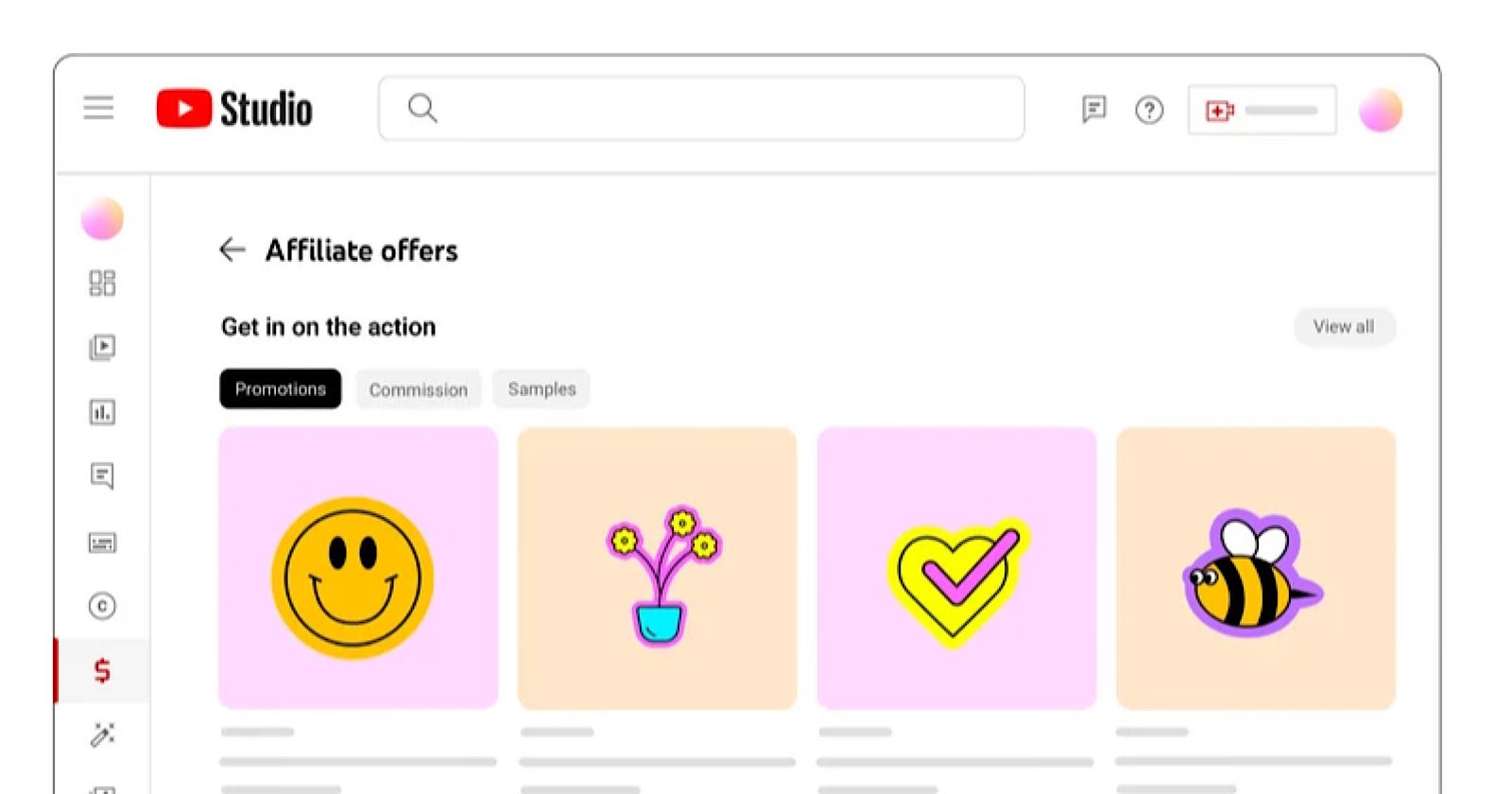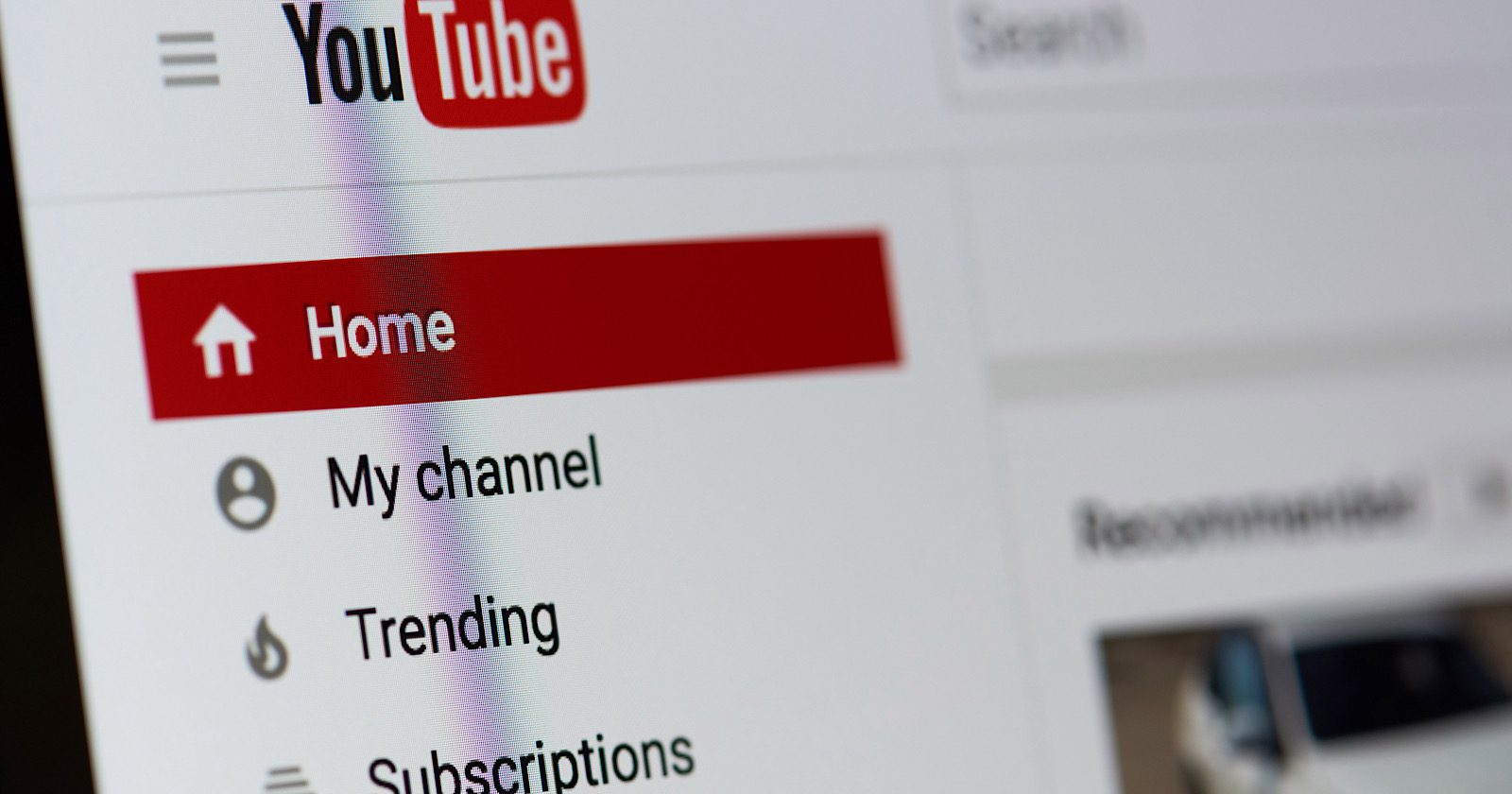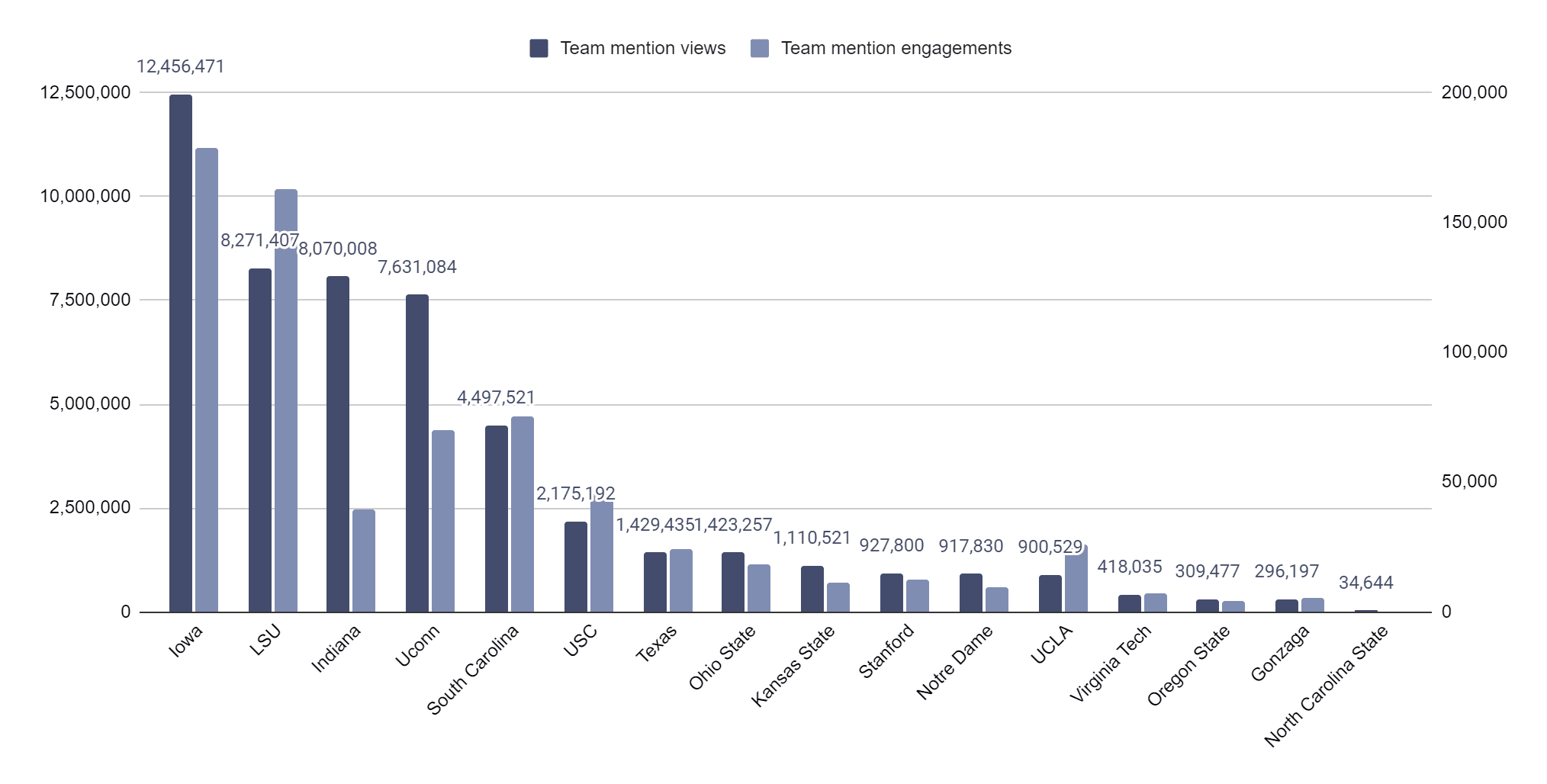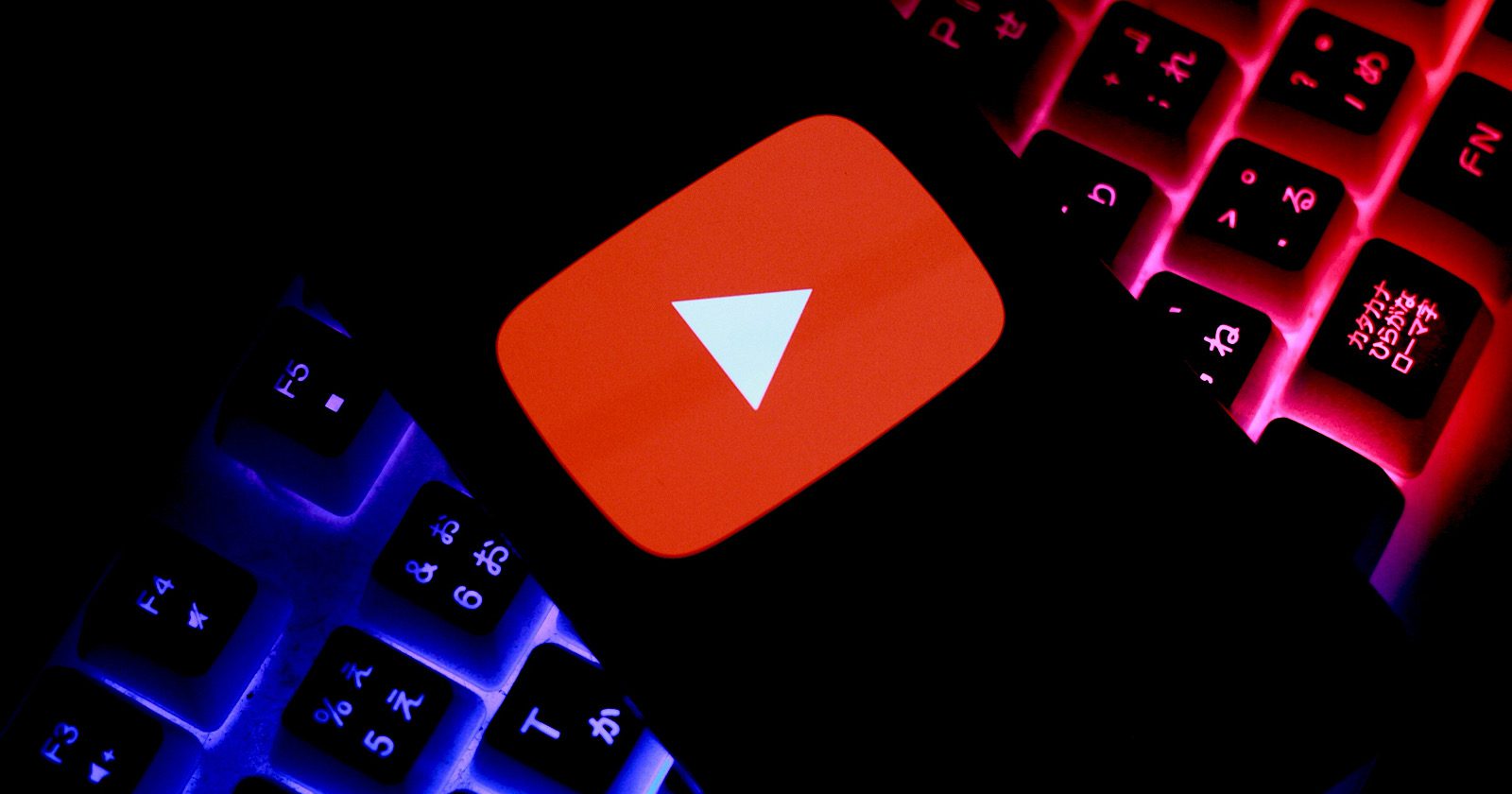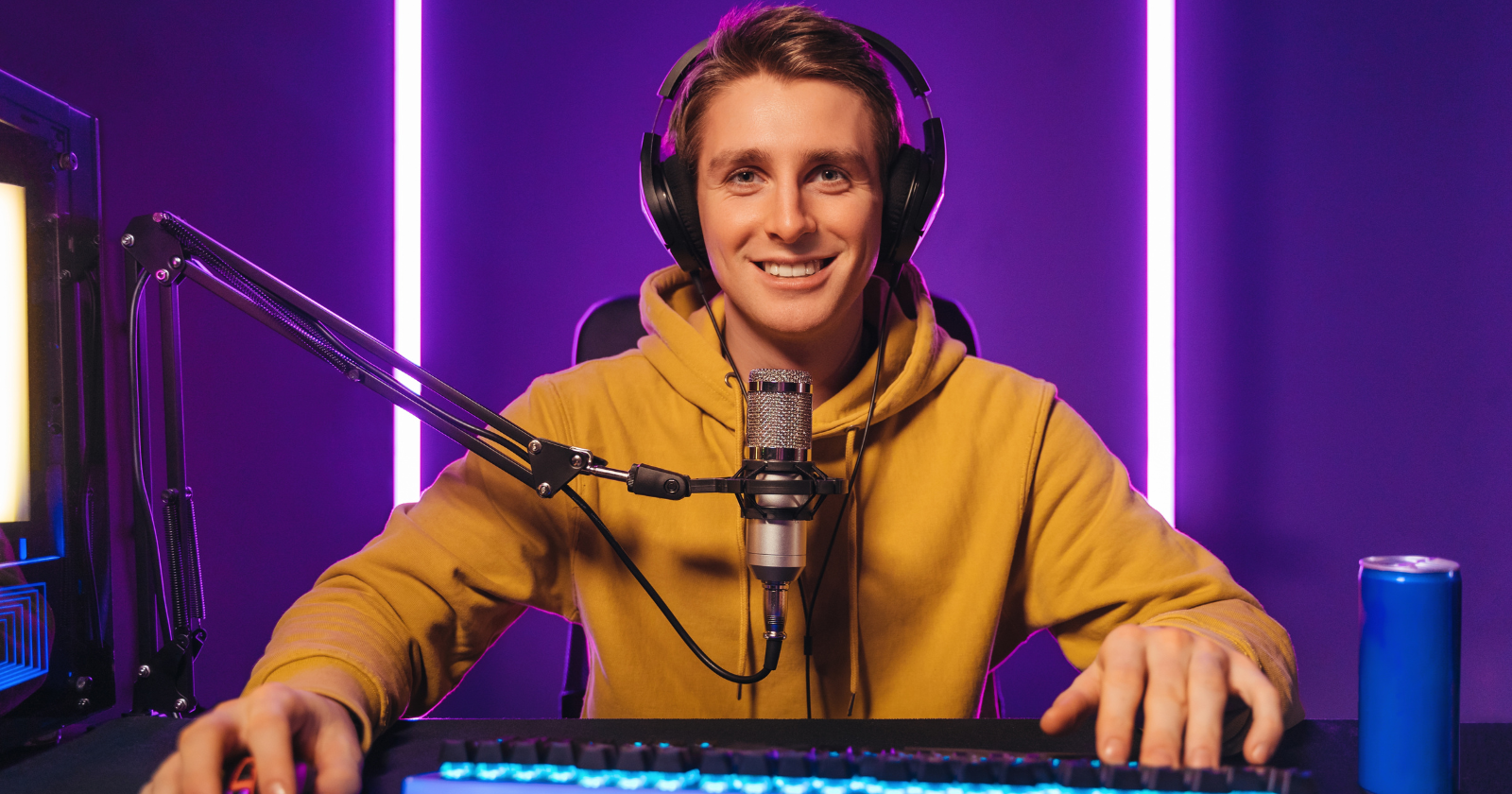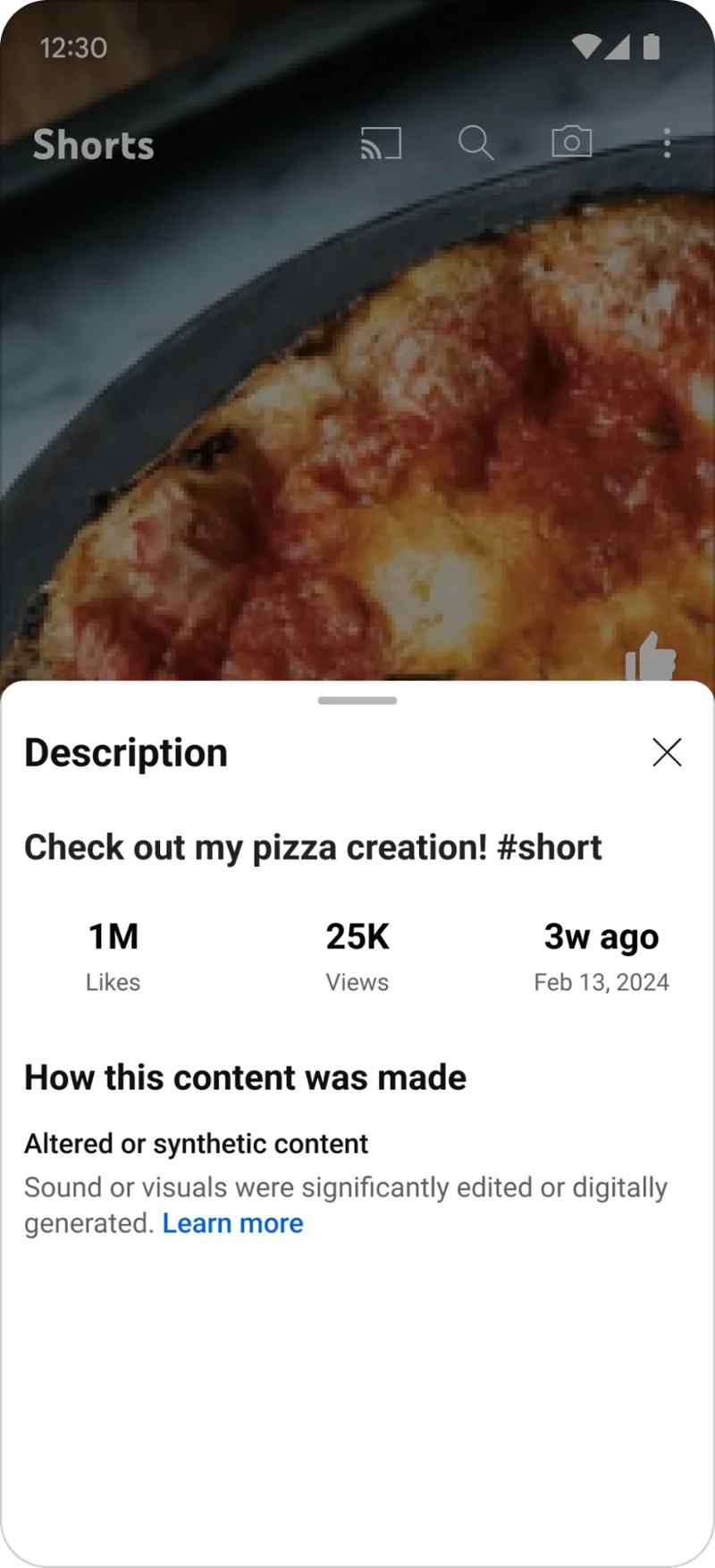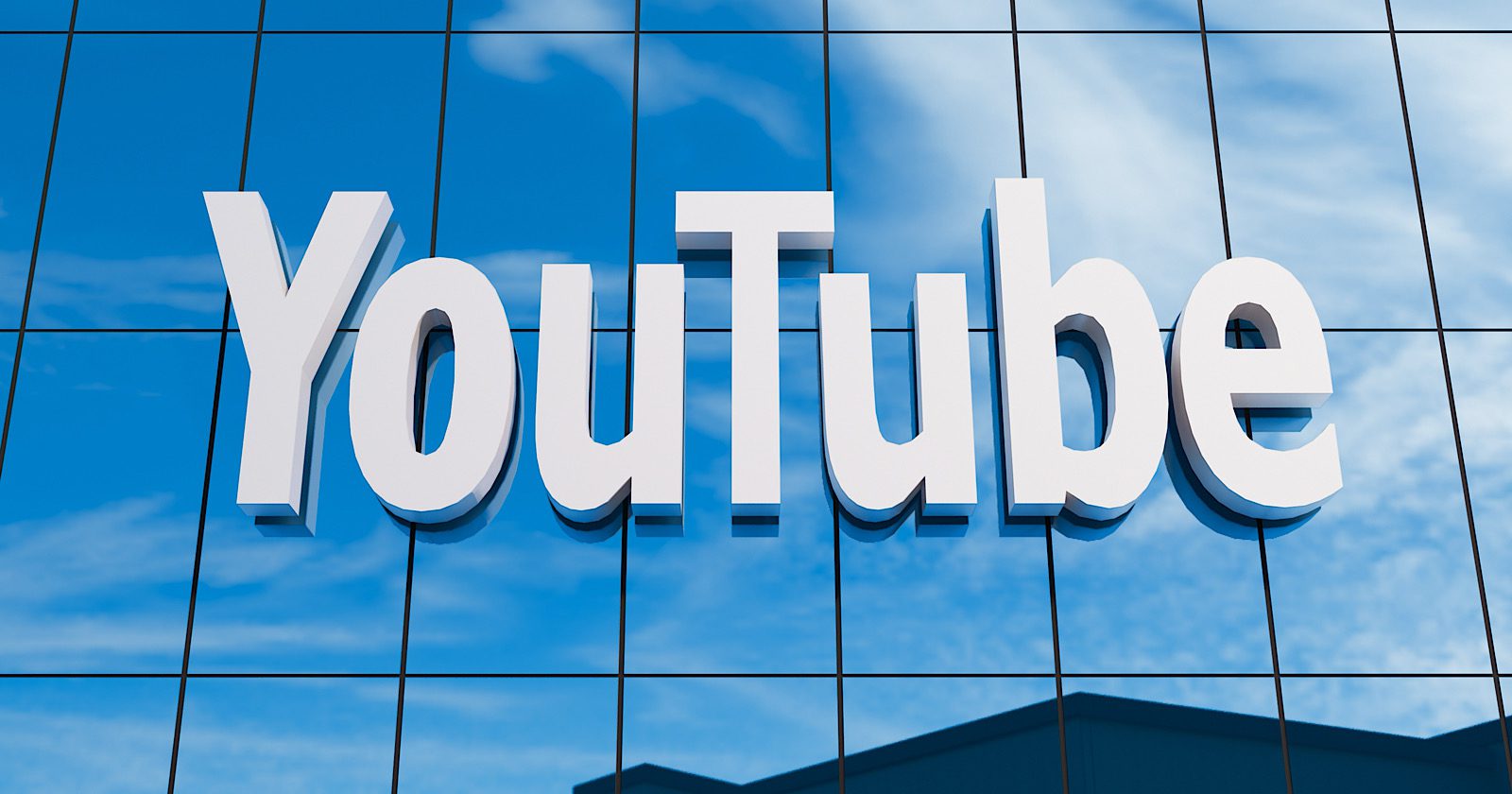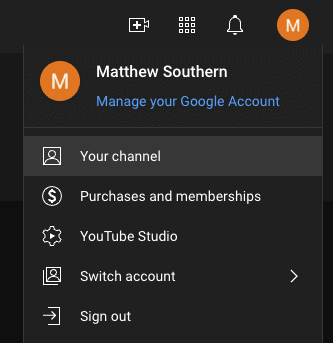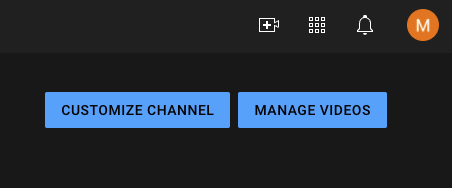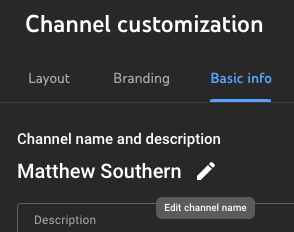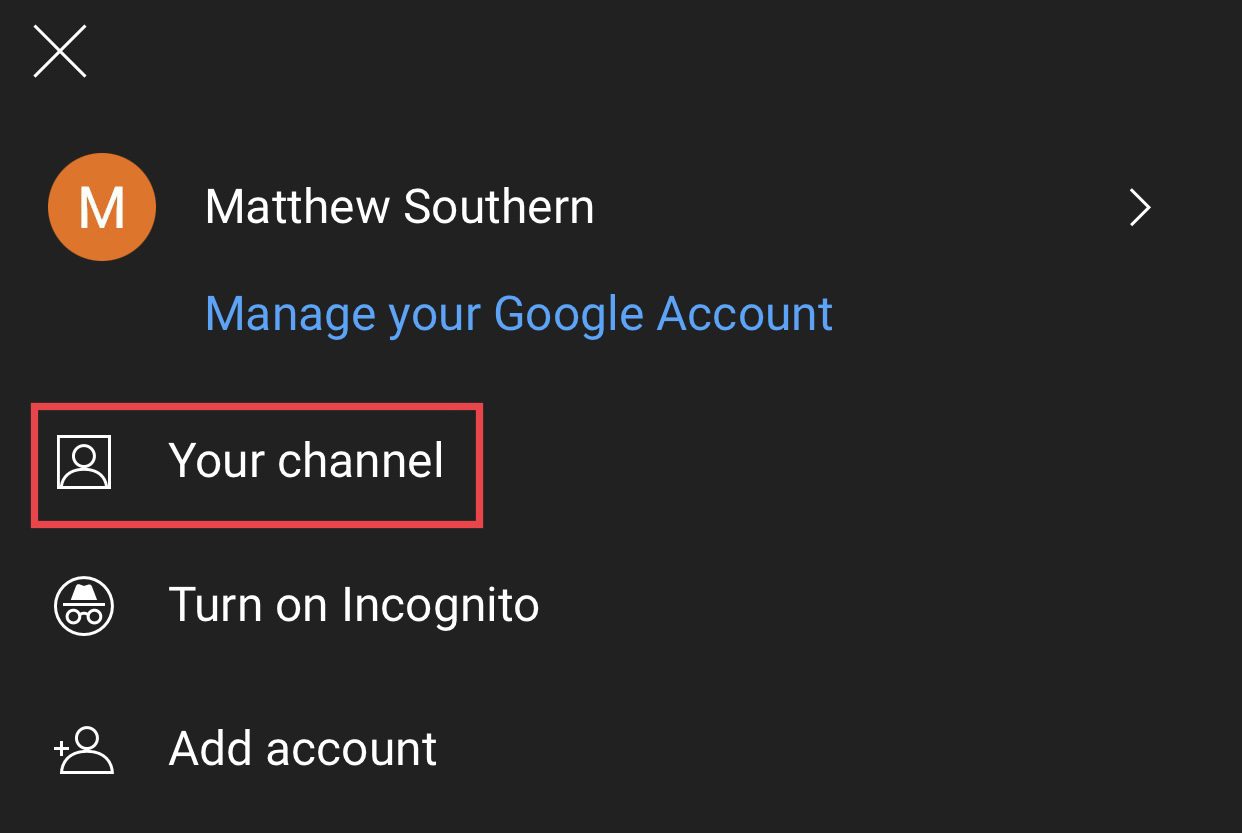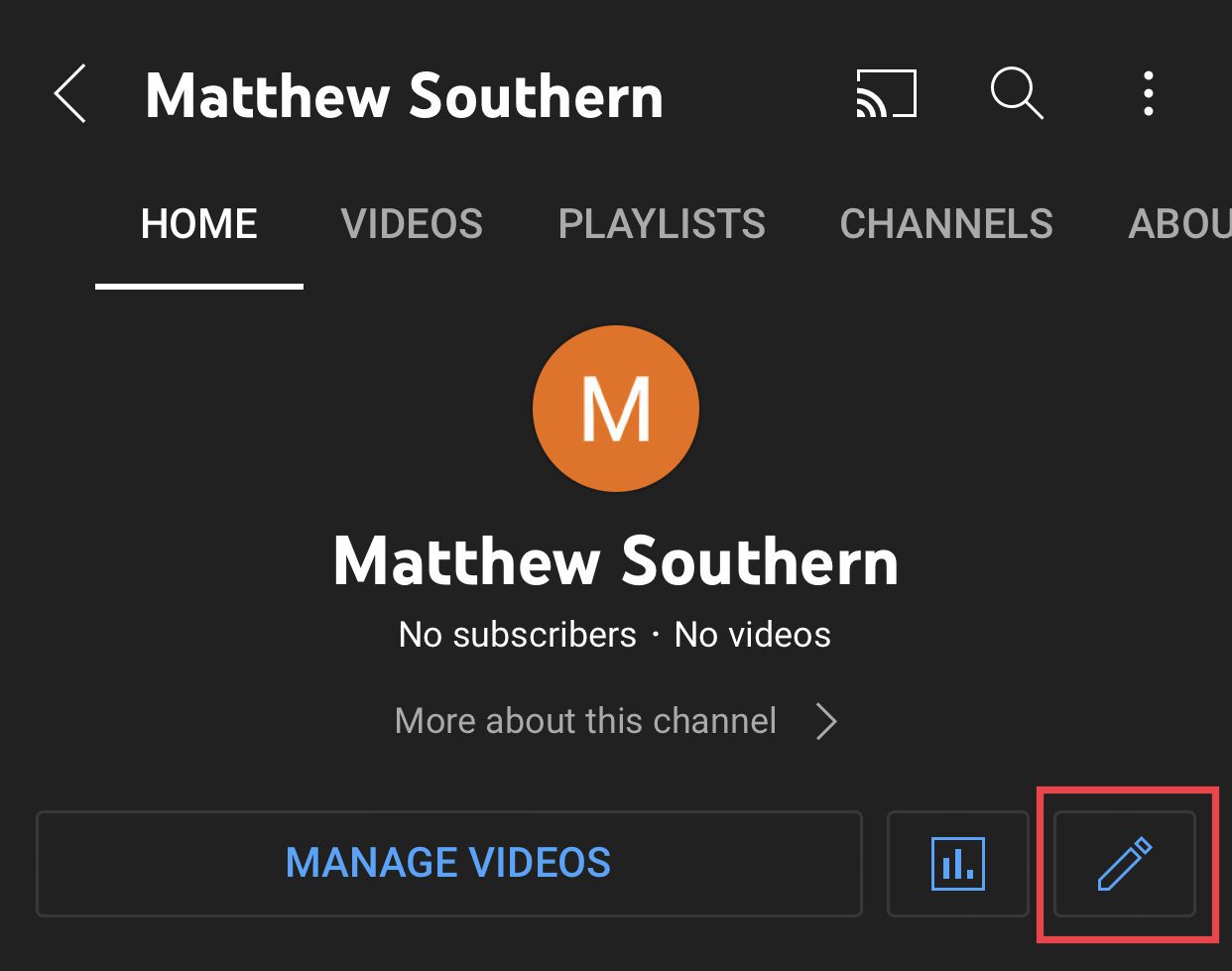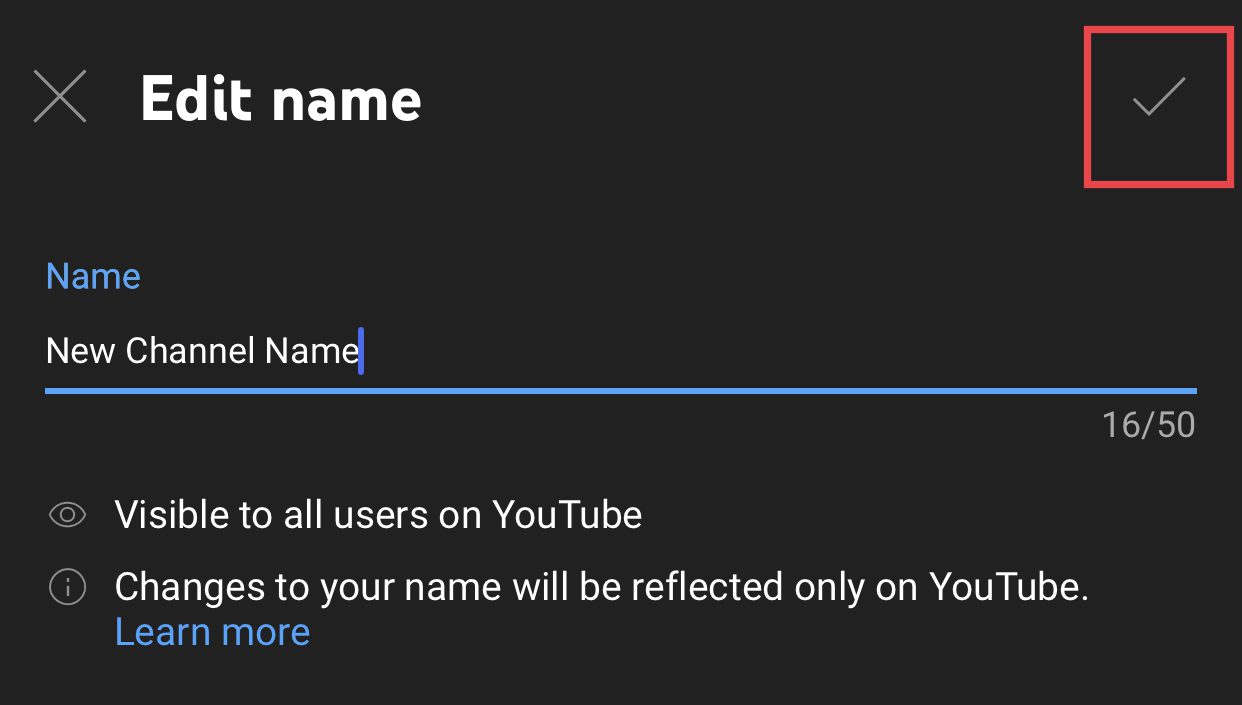In Q1 2024, MrBeast has retained his top spot as the most-subscribed YouTube individual on the social media platform.
After MrBeast overtook PewDiePie in late 2022 to shake up the top most-subscribed on YouTube leaderboard, there has been even more movement in the last 12 months.
At the beginning of YouTube, it was a long journey for individuals to reach 100 million subscribers – but now MrBeast is the first individual YouTuber to crack 200 million subscribers.
On YouTube, way back in 2006, Judson Laipply was the first recorded individual to have the most subscribers, with mere thousands.
In the same year, Brookers was the first channel and individual to reach 10,000 subscribers – and that was a big deal.
Although MrBeast is the most-subscribed individual, just above him is T-Series – an Indian record label and film studio that remains the number one most-subscribed channel on YouTube.
T-Series was the first channel to reach 100 million subscribers in 2019 and the first to 200 million in 2021.
While T-Series held twice as many subscribers as the top individual YouTuber last year, the distance is now closing between the most popular content creators.
Being an influencer is big business.
Who Is The No. 1 Most Subscribed YouTuber?
As of February 2024, MrBeast is the most-subscribed YouTuber, with 240 million subscribers.
Kid-friendly content channel Like Nastya is now the second most-subscribed YouTube individual with 113 million subscribers.
PewDiePie has continued his decline to drop down again to third place with 110 million.
When reaching the 200-million subscriber milestone in October 2023, MrBeast took to X (Twitter) to say how stunned his 13-year-old self would be and that he planned to continue making content for decades.
In his usual philanthropic-style, he also gave away a private island for his 100-million subscriber milestone – which is probably part of the reason he originally took the top position from PewDiePie in December 2022.
The Top 50 Most-Subscribed YouTubers, February 2024
|
Channel |
Videos |
Language |
Subscribers |
| 1 |
MrBeast |
778 |
English |
241,000,000 |
| 2 |
Like Nastya |
868 |
English |
113,000,000 |
| 3 |
PewDiePie |
4,753 |
English |
111,000,000 |
| 4 |
Justin Bieber |
249 |
English |
72,600,000 |
| 5 |
EminemMusic |
160 |
English |
59,000,000 |
| 6 |
Marshmello |
470 |
English |
56,800,000 |
| 7 |
Taylor Swift |
226 |
English |
56,600,000 |
| 8 |
Ed Sheeran |
458 |
English |
54,200,000 |
| 9 |
Ariana Grande |
176 |
English |
53,500,000 |
| 10 |
A4 |
874 |
Russian |
51,700,000 |
| 11 |
JuegaGerman |
2,105 |
Spanish |
49,400,000 |
| 12 |
Billie Eilish |
88 |
English |
49,100,000 |
| 13 |
Mikecrack |
1,994 |
Spanish |
47,900,000 |
| 14 |
Bad Bunny |
154 |
English |
47,500,000 |
| 15 |
Fernanfloo |
544 |
Spanish |
47,000,000 |
| 16 |
Felipe Neto |
4,690 |
Portuguese |
46,200,000 |
| 17 |
Jess No Limit |
2,716 |
Indonesian |
46,100,000 |
| 18 |
Shakira |
345 |
Portuguese |
45,500,000 |
| 19 |
Alan Walker |
535 |
English |
45,000,000 |
| 20 |
Katy Perry |
135 |
English |
44,800,000 |
| 21 |
whinderssonnunes |
745 |
Portuguese |
44,500,000 |
| 22 |
Kimberly Loaiza |
317 |
Spanish |
44,400,000 |
| 23 |
Ricis Official |
3,869 |
Indonesian |
43,200,000 |
| 24 |
Rihanna |
85 |
English |
42,800,000 |
| 25 |
SHFA2 |
1,713 |
Arabic |
42,600,000 |
| 26 |
LUCCAS NETO – LUCCAS TOON |
2,581 |
Portuguese |
42,300,000 |
| 27 |
Luisito Comunica |
1,337 |
Spanish |
42,100,000 |
| 28 |
Fede Vigevani |
1,233 |
Spanish |
42,000,000 |
| 29 |
CarryMinati |
193 |
Hindi |
41,400,000 |
| 30 |
elrubiusOMG |
701 |
Spanish |
40,300,000 |
*Data Sources (SocialBlade, YouTube), February 2024
Please note this is a list of the most subscribed individuals — not the most subscribed channels. It excludes “brand” channels that don’t focus on an individual personality, artist, or influencer.
Who Are The Top 12 Most-Subscribed YouTubers?
The list of the top 30 most-subscribed individuals features many successful music artists but has a majority of native YouTube influencers.
With the channel becoming an integral part of marketing and distribution for music artists, it’s no surprise that top artists feature highly.
Justin Bieber (the top individual artist) leveraged YouTube from an early age to gain mainstream attention on his terms.
MrBeast has over 167 million more subscribers than Bieber, which highlights just how much attention the channel can achieve – and that, today, being a YouTube influencer is the same as being a traditional celebrity.
To get a better understanding of who all the influencers are, we’ve included a summary of the top 12 most-subscribed YouTuber influencers below.
1. MrBeast
U.S.-based Jimmy Donaldson started MrBeast as MrBeast6000 in 2012 when he was only 13.
He also holds five other channels, including Beast Reacts, MrBeast 2, Beast Philanthropy, and MrBeast 3 (inactive). MrBeast Gaming also sits in the top 100, with just under 42 million subscribers.
MrBeast’s early videos include counting to 10,000 non-stop (a 44-hour stunt), which quickly went viral but is now best known for videos that involve elaborate stunts, charity donations, or cash giveaways.
In one video, he gave away $1 million and has done several big philanthropic stunts, such as “I Built 100 Wells in Africa” and “I Rescued 100 Abandoned Dogs.”
Jimmy Donaldson’s channel brings in between $600-700 million a year, but his mother is the person who looks after his bank accounts.
He still lives in his hometown of Greenville, North Carolina, and employs many local people when producing his videos.
2. Like Nastya
Anastasia Sergeyevna Radzinskaya is the only individual child YouTuber on the list. She was born in January 2014 and is the youngest influencer with the most followers – now overtaking PewDiePie by 2 million to take the No. 2 spot.
It’s worth noting that another channel, Vlad and Niki, is very popular with 112 million subscribers – but as a duo rather than an individual, they aren’t included in this list. Despite being featured in last year’s rankings, Ryan’s World has now fallen out of the rankings.
Although Radzinskaya was born in Russia, she has since moved to the U.S., and her videos are produced in English. The channel is for children and covers educational entertainment and vlogging.
Some of her success is down to the channel being dubbed in several languages, enabling her to reach a wide audience.
Radzinskaya’s parents help her manage the Like Nastya channel, but she is the face and star of the show.
3. PewDiePie
PewDiePie, otherwise known as Felix Arvid Ulf Kjellberg, held the most-subscribed position on YouTube for nearly 10 years until 2022. He was the original YouTube influencer who crossed over from online to be famous offline.
Swedish Kjellberg registered PewDiePie in 2010, and started out with play-by-plays of video games – a genre known as “Let’s Play.” It only took three years for him to be the most-subscribed channel on YouTube, and he was the highest-earning YouTuber in 2016.
Alongside “Let’s Play” content, PewDiePie has also experimented with comedy, commentary, music, and shows.
Following the rising success of his channel, Kjellberg also released his own game and published a book.
In 2022, his content shifted more towards lifestyle content after moving to Japan, with another shift in 2023 as he became a father. These changes to the types of videos PewDiePie produces could be the reason for his slightly waning subscriber count.
4. Justin Bieber
Canadian Justin Bieber is the musical artist with the most followers on YouTube. He joined YouTube in 2007 and, after coming second in a local singing competition, began posting himself performing song covers.
After his channel started to grow, he got the attention of his now manager and his record label. In 2008, he signed a recording contract.
Bieber continued to focus on his YouTube channel and growing his followers – known as “Beliebers.”
This most likely contributed to his early and continued success. He continues to post videos on YouTube alongside his music videos and promotional content, although his last upload was now over a year ago.
5. EminemMusic
Marshall Bruce Mathers III, known as Eminem, is an American rapper who first gained success in 1996.
With a career spanning almost three decades and an impressive discography, he is one of the most successful music artists of all time.
Mathers joined YouTube in 2007 to leverage the platform and mostly posts music and promotional content.
His channel has continued to grow, and he has swapped places with Marshmello to become the fifth most-subscribed YouTube individual.
Eminem demonstrates that despite no longer being in the mainstream media spotlight, it’s still possible to maintain popularity with a dedicated audience.
6. Marshmello
American music artist and DJ Christopher Comstock, also known as Marshmello, joined YouTube in 2015.
For several years, he kept his identity hidden under a marshmallow-type helmet. In 2017, when his identity was revealed, he said on X (Twitter):
“I don’t take my helmet off because I don’t want or need fame. I’m genuinely trying to create something positive for people to connect with.”
The most popular videos on Comstock’s channel are music and lyric videos. He also posts cooking videos, how-tos, vlogs, and films.
Although he’s dropped down a position compared to 12 months ago, he’s still gained followers and released his new album “Sugar Papi.”
7. Taylor Swift
Taylor Alison Swift is an American music artist. She pursued musical training from an early age, including acting and vocal training. She learned to play the guitar at age 12.
After moving to Nashville at age 14, Swift signed a recording contract at age 15 and quickly went on to achieve international fame. She is currently on a huge worldwide tour, which is showcasing her popularity around the globe.
She is now considered the reigning queen of pop, having recently won her fourth Grammy for Best Album, and even has her own academic conference called Swiftposium.
Swift is known for having dedicated fans, which was demonstrated when online trolls targeted her using improper use of AI technology, and her followers rushed to her defense online.
Swift uses her YouTube channel for music, but has also posted a series of videos showing her personal life backstage.
Her growing worldwide following has meant she’s now passed both Ed Sheeran and Ariana Grande by millions of subscribers.
8. Ed Sheeran
Edward Christopher Sheeran MBE is a music artist from the UK. He first joined YouTube in 2006.
Sheeran began singing at age four and playing the guitar at 11. In 2004, he independently recorded and released his music. When he moved to London in 2008, he would busk on the streets.
In 2011, he began to gain traction until he became the successful and widely known artist he is today.
On YouTube, his channel started to take off in 2017 when he reached 10 million subscribers. Since then, his channel has escalated in popularity.
Sheeran’s channel is mostly music.
9. Ariana Grande
Ariana Grande-Butera is an American music artist and actress who began her dream of a music career at age 8.
Grande joined YouTube in 2007 and uploaded her first YouTube video, “Ain’t No Other Man.”
In 2008, Grande began performing professionally in a Broadway musical at the age of 15, and her fame grew as a TV actress.
In 2011, her cover songs on YouTube gained the attention of her record label and resulted in her being signed as a music artist.
Grande has become a highly successful music artist and mostly posts music on YouTube.
10. A4
Belarusian content creator Vladislav Andreyevich Bumaga, known online as Vlad A4 or simply A4, holds the position of one of the most popular Russian-speaking YouTubers.
He created his channel back in 2014, with A4 being a play on his last name, Bumaga, meaning “paper.”
In 2016, he released a video called “24 Hours in a Trampoline Centre,” which took his subscriber count from 200,000 to his first 1 million.
Now, with just over 51 million subscribers, he continues to upload a wide variety of challenges and vlog content featuring his friends, as well as promoting his branded products.
11. JuegaGerman
Chilean Germán Alejandro Garmendia Aranis, also known as JuegaGerman, produces comedy videos about everyday life and Let’s Play videos in Spanish.
Garmendia peaked in 2015-2017 when he had the second most-subscribed channel behind PewDiePie.
Garmendia has three channels on YouTube:
- HolaSoyGerman, which he started first in 2011 and focused on comedy videos about everyday life.
- HolaSoyGerman2.
- JuegaGerman, which he started in 2013 as a Let’s Play video gaming channel.
12. Billie Eilish
American singer-songwriter Billie Eilish Pirate Baird O’Connell started her music career at age 14.
She wrote songs with her brother Finneas O’Connell for fun and uploaded them to SoundCloud.
Finneas wrote the song “Ocean Eyes” for his band but thought it would suit Billie’s voice better.
It drew the attention of music industry professionals, and within a year, she was signed to her record label.
The “Ocean Eyes” music video was posted to her YouTube channel in 2016 and started to grow her subscribers.
She has gone on to win a number of awards, including the Song of the Year at the 2024 Grammy Awards for “What Was I Made For?” which was written for the Barbie movie.
Despite not featuring in the top 30 most-subscribed YouTube individuals list, her aesthetic and lyrics have resonated with Gen Z – potentially helping to fuel her meteoric rise in popularity both online and offline.
Why YouTubers Are Significantly Influential For Online Marketers
Achieving a most-subscribed status on YouTube cements you as an influencer and enables you to make serious income.
Not only can YouTubers earn from ads on the videos, but they are also in demand as brand ambassadors for product placements, product reviews, and product collaborations.
Mere mentions of products and brands by an influencer can drive traffic and sales for brands.
Smart influencers use the exposure to diversify into many mainstream areas of collaboration and business to supplement their income and ensure longevity.
Much like top-level sports stars have always been in demand as brand ambassadors, influencers can be used for brand alignment.
This doesn’t just apply to YouTube, either. TikTok has risen in terms of popularity, with 65% of users relying on content creators to inform their purchasing decisions.
Influencers who can dominate one or even both of the platforms will be the ones to watch in the coming years.
Billie Eilish cracked the top 12 YouTube individuals in the last year, but her TikTok account is also featured in the top 30 most followed TikTok accounts, making her dominant across both platforms.
Influencer marketing is useful for online marketers to spread a message and reach a target audience. Influencers can be leveraged as part of specific campaigns, or to create hype around a product or brand.
Influencer marketing doesn’t have to be just for the big brands; influencers with only a few thousand engaged followers can help spread messages.
And for smaller brands, elevated exposure on social media can be a major benefit.
More resources:
Featured Image: Arsenii Palivoda/Shutterstock
